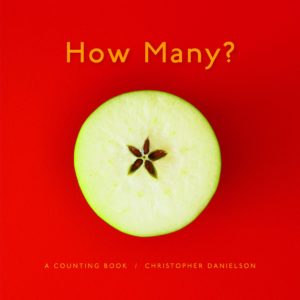Is teaching place value a hard concept for primary students? It can be. When young children are still working through spatial development and relationship of numbers, teaching them values of numbers simply by changing their order can be confusing. As teachers, our curriculum states that we are to teach place value in order that students would have a concrete understanding of base ten. Okay, but, how do we do that?
If you give students a place value chart and get them to work with it, will they develop that concrete understanding? Maybe. Our wise, former mathematics teachers would suggest exploring numbers before delivering that place value chart. Break out the bears, buttons and beans!
Before Teaching Place Value, Play with Estimation
One morning, set before your class a large glass jar of bears and you ask them, “how many bears are in the jar?” How do children estimate and then count such a large number? This is one place where place value begins. Up until now you have been working with numbers from 0-20 or maybe up to 30. Now our students are expected to know up to 100. We give them a hundred chart, get them to fill it out and think they know their numbers to 100. But, it is a lot more than that.

Counting – How Many
Let’s go back to the bears in the jar. How do you start teaching estimation? One introduction can be to use picture books and counting collections. Books that you can find on Amazon (Amazon links inserted) include:

How many? by Christopher Danielson shows multiple ways of counting objects. The images are beautiful and create many different conversations. He is also the author of “Which One Doesn’t Belong”.

I read Count to a Million by Jerry Pallotta (2003), every year to my students and after I put it into our “Read About Math” section of Math Rotations, I will often see students looking at it. It uses real life scenarios of how to break down, counting to a million.
Counting Collections
Spend time playing with large numbers. If you have base ten blocks in the classroom, allow the students to play with them, even when it is not math time. Do you have counting collections in your class? Sometime during the year, send home a freezer size ziplock bag, with a letter, asking parents to help their child fill the bag with non-returnable items. The items should be between 20-100 when counted. Avoid nuts or foods that can deteriorate over time (beans, old crayons, pasta are all favourites in the class). You will need a bucket to store all the collections. I sent a call out to my parents and received a couple bags of pasta shells that same day!

If the counting collections are small items, my colleague showed me her collections in the photo holders, found at Michael’s. If you would like to read another math blog on counting collections, Janice Novakowski, is a local math teacher with amazing ideas. I’ve learned a lot from her. Here is one blog post from her on counting collections.
There is more I want to say, but I respect your time. You can find Part 2 here. Praying that you are keeping safe. Love your children, teach your children! Talk to you soon!

Leave a Reply
You must be logged in to post a comment.